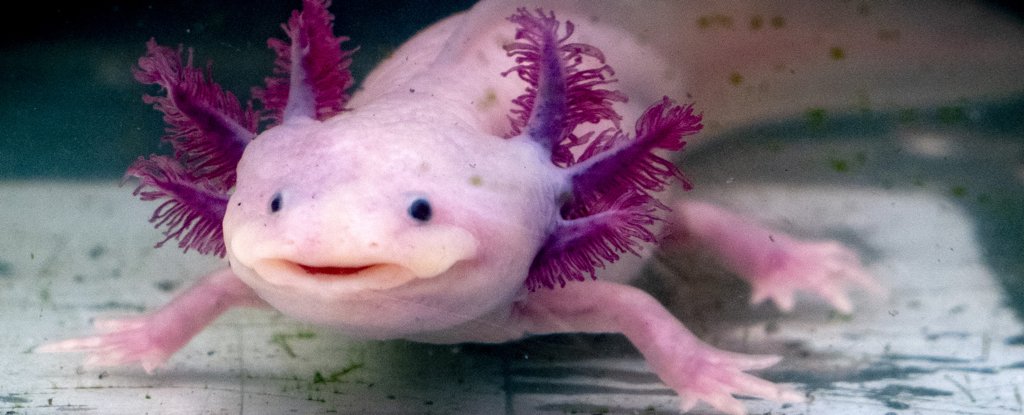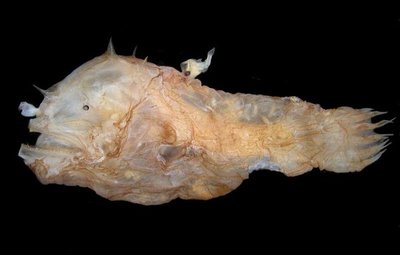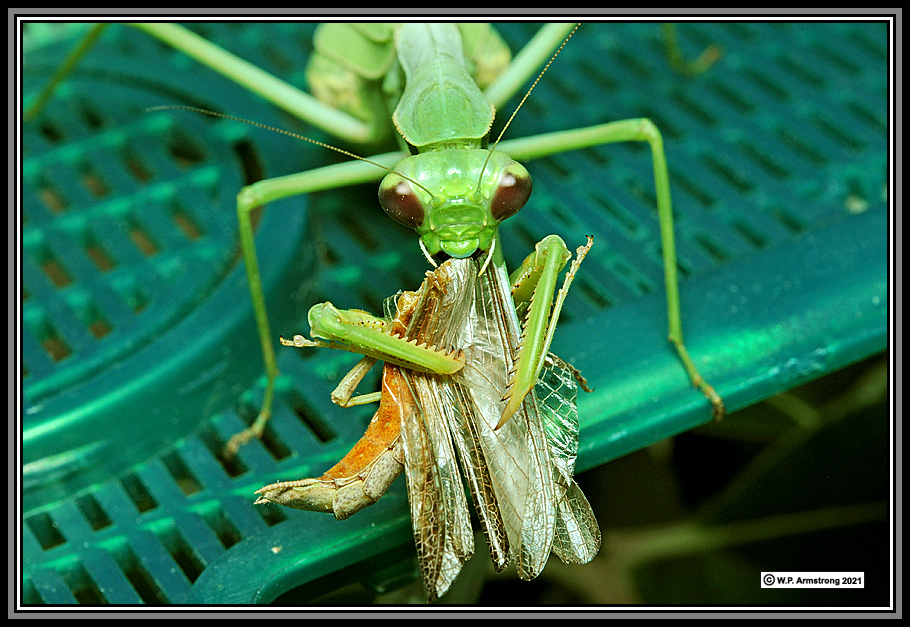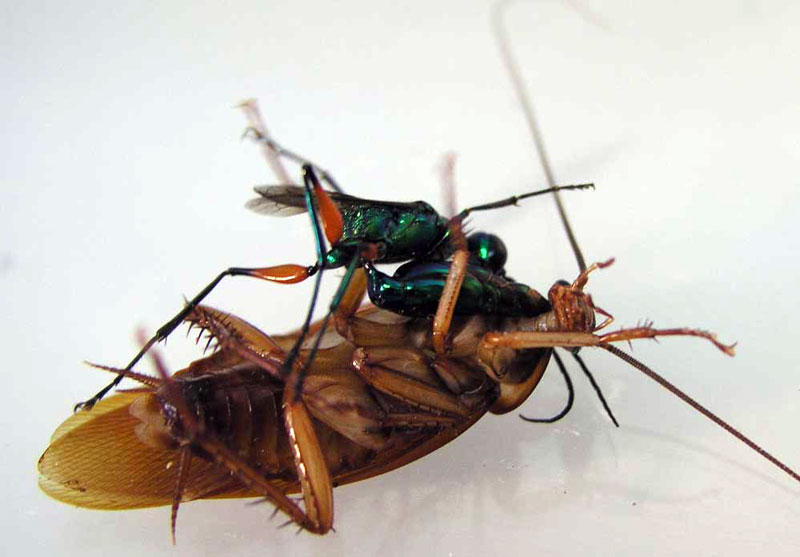Nature is a playground of incredible diversity, and one of the most fascinating aspects of this diversity lies in the myriad ways life man...
Nature is a playground of incredible diversity, and one of the most fascinating aspects of this diversity lies in the myriad ways life manifests and perpetuates itself. From the smallest microorganisms to the grandest of mammals, the life cycles in the natural world can be truly bizarre and bewildering. In this blog post, we'll take you on a journey through the top 10 weirdest life cycles in nature. Prepare to be amazed and astounded!
- The Zombie Ant Fungus (Ophiocordyceps unilateralis)
Imagine a parasitic fungus that takes control of an ant's body, turning it into a zombie. This is precisely what Ophiocordyceps unilateralis does. After infecting an ant, it forces the host to climb up vegetation and attach itself. The fungus then sprouts from the ant's head, releasing spores to infect more ants. A real-life example of mind control!
- The Surprising Sex Life of Bedbugs (Cimex lectularius)
Bedbugs engage in traumatic insemination, where males pierce the female's abdomen to inseminate her directly. The sperm then travels to her ovaries, fertilizing her eggs. This bizarre method of reproduction is thought to have evolved as a way for males to bypass female choice.
- The Axolotl's Regeneration Superpower (Ambystoma mexicanum)
Axolotls are salamanders capable of regenerating entire limbs, spinal cord, and even parts of their heart and brain. They remain in a juvenile, aquatic form throughout their lives, never undergoing metamorphosis into a terrestrial adult. This remarkable ability to regenerate sets them apart from most other creatures.
- The Once-a-Century Bamboo Blossom (Bamboo spp.)
Bamboo plants have a peculiar life cycle where they flower, set seeds, and die, but this happens only once in their lifetime, which can span several decades. The synchronized mass flowering of bamboo is an enigmatic phenomenon that still baffles scientists.
- The Parasitic Love Lives of Anglerfish (Ceratiidae)
The male anglerfish has one of the strangest fates in the animal kingdom. Upon finding a female, he latches onto her with his sharp teeth and fuses his body with hers. He becomes a small, nutrient-providing appendage while the female provides sustenance and reproduction. Talk about a clingy relationship!
- The Mysterious Migration of Monarch Butterflies (Danaus plexippus)
Monarch butterflies undertake an incredible multi-generational migration spanning thousands of miles from North America to Mexico, despite no single butterfly completing the entire journey. They rely on a mysterious internal compass and environmental cues to navigate their way.
- The Hapless Life of the Male Praying Mantis (Mantodea)
Male praying mantises have a tough life. After mating, the female often decapitates and eats the male. This gruesome act may serve an evolutionary purpose, as it provides the female with vital nutrients for egg production.
- The Torturous Transformation of the Jewel Wasp (Ampulex compressa)
The jewel wasp employs a grisly method to ensure its offspring's survival. It stings a cockroach, turning it into a zombie-like state, and then leads it to a burrow where it lays an egg on the cockroach. The larva that hatches feeds on the still-living cockroach's organs, ensuring a fresh meal until pupation.
- The Bizarre Breeding of the Surinam Toad (Pipa pipa)
The Surinam toad takes unconventional parenting to a whole new level. Females carry their fertilized eggs on their back, embedding them in the skin. The tadpoles develop inside the mother's skin pouch and emerge as fully-formed toads. It's a case of reverse live birth!
- The Resurrection Plant's 'Undying' Act (Selaginella lepidophylla)
Selaginella lepidophylla, also known as the resurrection plant, can appear completely desiccated and dead for years. However, when it encounters moisture, it miraculously springs back to life, unfurling its green fronds. It's a testament to nature's remarkable resilience.














_(Mexico)_1_(49748122767).jpg/800px-Selaginella_lepidophylla_(resurrection_plant)_(Mexico)_1_(49748122767).jpg?20200414030030)
COMMENTS